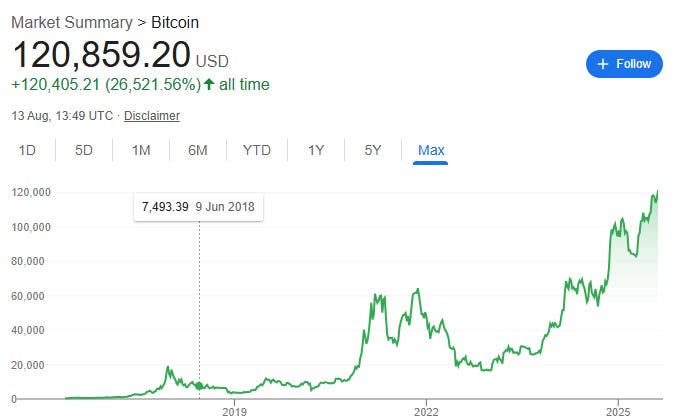Analysis: Stripe, Circle, and Tether launching their own L1 money chains
Why Ethereum’s Biggest Threat Is Appchain Splintering
Gm Fintech Architects —
Today we are diving into the following topics:
Summary: We explore the rise of company-specific blockchains as institutions like Stripe, Circle, and Tether launch their own Layer-1s for payments and stablecoin infrastructure, diverging from Ethereum’s open, shared architecture. The trend echoes the 2015 “Blockchain, not Bitcoin” era, as firms attempt to capture vertical economics (e.g., gas fees, token value) while still relying on EVM standards. This growing fragmentation risks recreating walled gardens, undermining the very interoperability that makes public chains valuable. Ethereum's strength has been its multipurpose adaptability, evolving through ICOs, DeFi, NFTs, and stablecoins while preserving a single composable state. The long-term opportunity lies in enhancing the shared crypto commons, rather than creating siloed appchains for individual institutions.
Topics: Ethereum, Coinbase, Base, Robinhood, Arbitrum, Polygon, BNB Chain, Hyperliquid, Flow, Stripe, Tempo, Matt Huang, Circle, Arc, USDC, Tether, Tron, Plasma, Stable, Bitfinex, Brale, MZero, Synapse, EY, Accenture, Consensys, Joe Lubin, Paul Brody, Enterprise Ethereum Alliance, Digital Asset, Canton Network
To support this writing and access our full archive of newsletters, analyses, and guides to building in the Fintech & DeFi industries, see subscription options below.
Our Ecosystem: AI Venture Fund | AI Research | Lex Linkedin & Twitter | Sponsors
Long Take
Blockchain not Bitcoin
It is 2015 and you are a bank.
You feel unsure about this Bitcoin business, but you do want to use blockchains in your back office. So you say, “Blockchain, not Bitcoin”.
Here’s a great reminder from 7 years ago.
When somebody says, "I believe in blockchain but I'm not interested in Bitcoin," they're basically saying, "I don't understand blockchains, but I've heard enough to think that I can sound cool by dismissing Bitcoin and praising blockchains." I've heard a lot of people say that, it's just repeating a cliche.
This video was posted in June 2018, at which point the Bitcoin asset looked like this, and was priced at $7,500.
Suffice to say, the public chain has been a more constructive investment than its private chain counterparts. Early arguments focused on the idea of private chains as “intranets” and the public chains as the “Internet”, in the sense that one is made for a limited, controlled consortium, and the other is open and permissionless. Intranets and AOL lost out to the decentralized web.
Until Facebook, Instagram, and TikTok, of course — a hellscape of walled algorithmic gardens.
In the dog days of Ethereum, after the ICOs collapsed, tokenization was being sold alongside enterprise blockchain installations. Consensys built around Quorum and Hyperledger, the Enterprise Ethereum Alliance was formed to champion these projects, and many large banks invested in closed technologies.
Some of them, like the Canton Network derived from the Digital Asset company, continue to execute on this vision and remain quite successful as industry solutions.
Most of the revenue for these networks, however, comes as service fees that flow to Accenture and EY for implementation, or as SaaS subscriptions for network maintenance. The assets and fintech value-add remained with the banks.
But there are weak points in the enterprise blockchain story, and these chains have not been a driver of innovation in the space. The obvious issue is fixed cost. You can have 10 industry members paying $10MM for maintenance of a weakly-secured network, or you can have $100B+ of capital securing ETH through staking for a strongly secured network, which can be used for free by anyone.
Over time, everyone wants to free-ride on open source innovation but put up paywalls for access to their customers. Let’s see what Joe Lubin (the most commercial ETH founder) and Paul Brody (early EY leader for implementation of enterprise blockchain projects) think.


